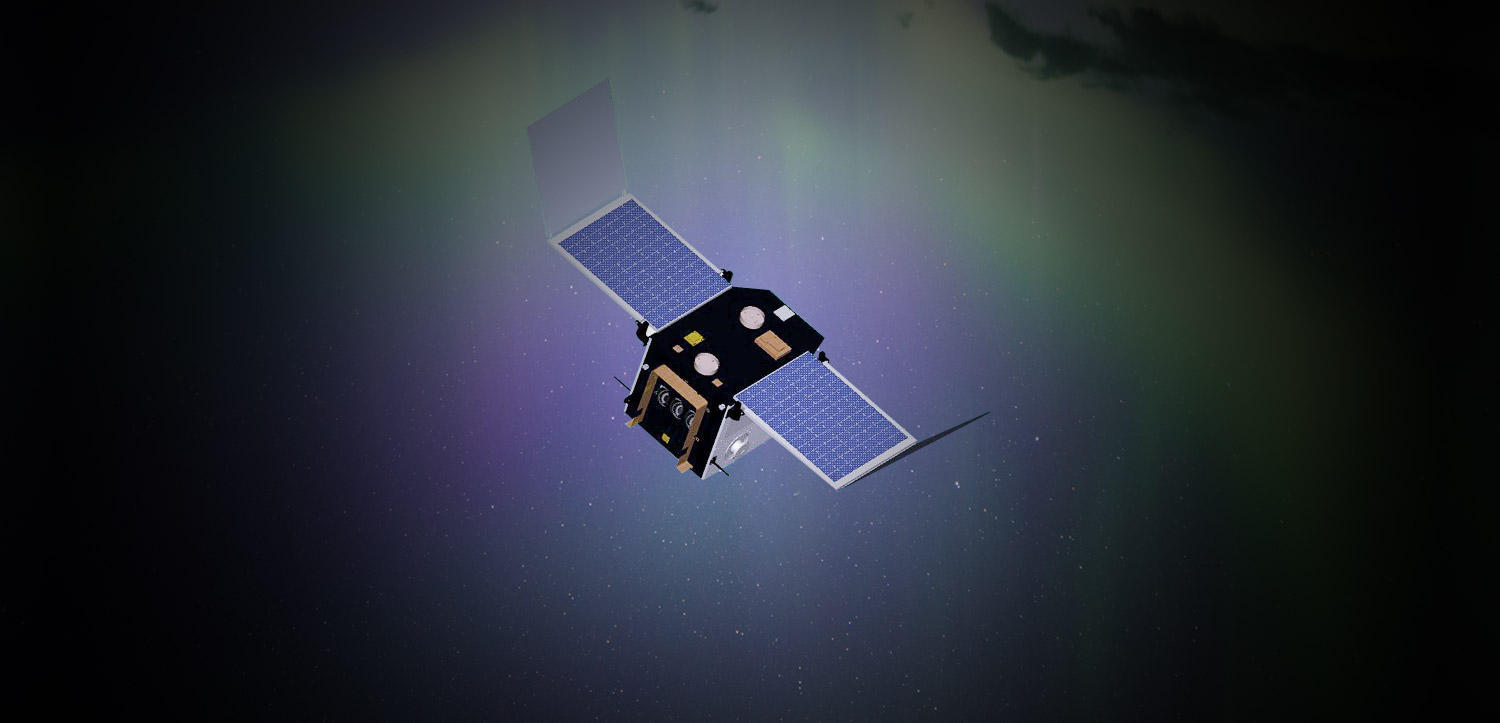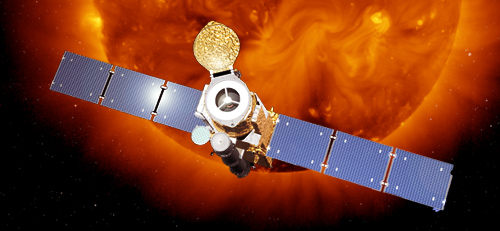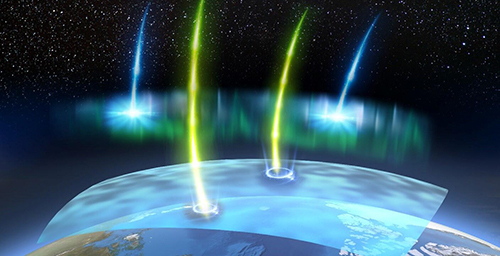This small scale, high function scientific satellite was developed as a companion small scale probe that can be launched at a very low cost together with large scale probes using the surplus strength of the large scale rockets. The aim of the project is to carry out small scale, high frequency science and engineering missions, train young scholars and engineers, and verify next generation technology in orbit.
The Reimei small scale, high function scientific probe was developed as a companion small scale probe that can be launched at a very low cost together with large scale probes using the surplus strength of the large scale rockets. The goals for downsizing and lowering costs include:
1. Verifying next generation technology in orbit.
2. Training young scholars and engineers.
3. Accomplishing high frequency, small scale science and engineering missions.
| Name (pre-launch in parentheses) | REIMEI (INDEX) |
|---|---|
| International Designation Code | 2005-031B |
| Objectives | Demonstration of next-generation advanced satellite technologies in orbit Realization of small-scale, frequent scientific observation missions |
| Lunch Date | 06:10, August 24, 2005 (JST) |
| Launch Location | Republic of Kazakhstan |
| Launch Vehicle | Dnepr (launched together with OICETS satellite) |
| Weight | Approx. 72 kg |
| Dimensions | Approx. 62 × 62 × 72 cm |
| Orbit Altitude | Perigee 610 km, Apogee 654 km Inclination |
| Orbit Inclination | 97.8° |
| Type of Orbit | Near-circular orbit |
| Orbital Period | 97 min |
| Attitude Control Method | Bias Momentum Three Axis Stabilized Attitude Control |
| Scientific Instruments | 1. Star tracker 2. Spin/non-spin type solar sensors (SSAS/NSAS) 3. Geomagnetic Aspect sensor (GAS) 4. Three-axis optical fiber gyro (FOG) 5. Reaction wheel (RW) and magnetic torquer (MTQ) as actuators 6. Multi-spectral Auroral Camera (MAC) 7. Aurora particle observation instrument (Electron/Ion Spectrum Analyzer: ESA/ISA) |
| Operation | All the onboard instruments are operational in orbit. We succeeded in demonstrating advanced onboard satellite instrument technologies in orbit, including a solar-concentrated paddle using thin-film reflector and ultra-small GPS receiver as engineering missions. |
| Results | We successfully obtained scientific results in terms of both satellite engineering and space science, and were able to demonstrate the effectiveness of small satellite. |



